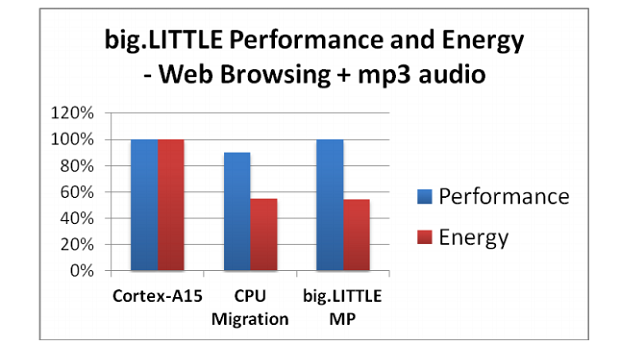New update can increase the performance of Galaxy S4 by 10%
Samsung launched its flagship smartphone Galaxy S4 with two different processors. One version has a quad- core Qualcomm Snapdragon 600, while the other includes Samsung’s own processor – Exynos Octa – an eight core one. You may think that Galaxy S4 has different performance with different chips, but actually it is not true. Despite the fact that Exynos Octa has four additional cores, it uses only four at any time. Exynos has four Cortex A15 and four low power Cortex A7. Both cores have different performance and characteristics. A15 is more powerful, while Cortex A7 needs less energy, hence increase the battery life.
Actually, Samsung Galaxy S4 with Exynos Octa chipset uses the Cortex A7 cores by default. If Galaxy S4 needs to use more resources and the things get busy, A7 cores are shut down and the more powerful A15 cores are activated. So, basically both Exinos and Snapdragon processors use four cores at any time with the difference that Exynos includes an energy saving technology. That is the real advantage of Exynos over Qualcomm, not the eight cores itself. Actually, if you read different reviews about Galaxy S4 you can be misguided. Many people believe that the eight cores of Exynos are running at the same time and the performance is far better than any quad-core processor. The four + four architecture is different than the traditional SMP architecture – Symmetric Multi Processing with its equality and symmetry.
And now the big news: Switching from A7 to 15 cores is handled by software, not by the chip itself. Two organizations ARM and Linaro are currently working on finding a way to activate all eight cores running at the same time. Both companies are trying to create a scheduler which understands that the CPU is asymmetrical – HMP. Samsung does not need to change the hardware and the transition can be done in two stages. First, A7 – A15 migration and then – a kernel update. The initial tests show that the performance of Exynos can be increased by 10% just by migration, while the energy efficiency is at the same level.
Source: Androidauthority





